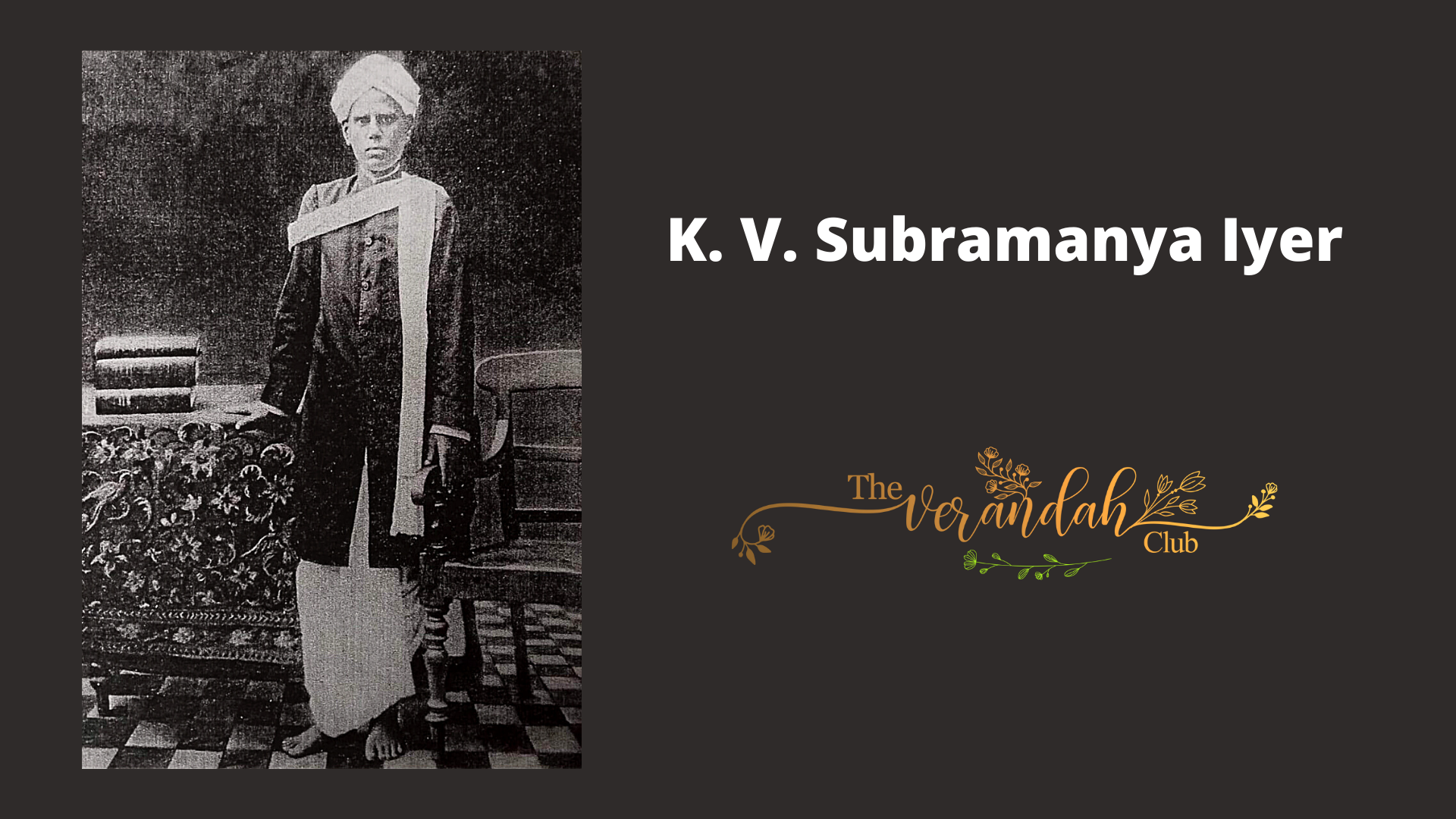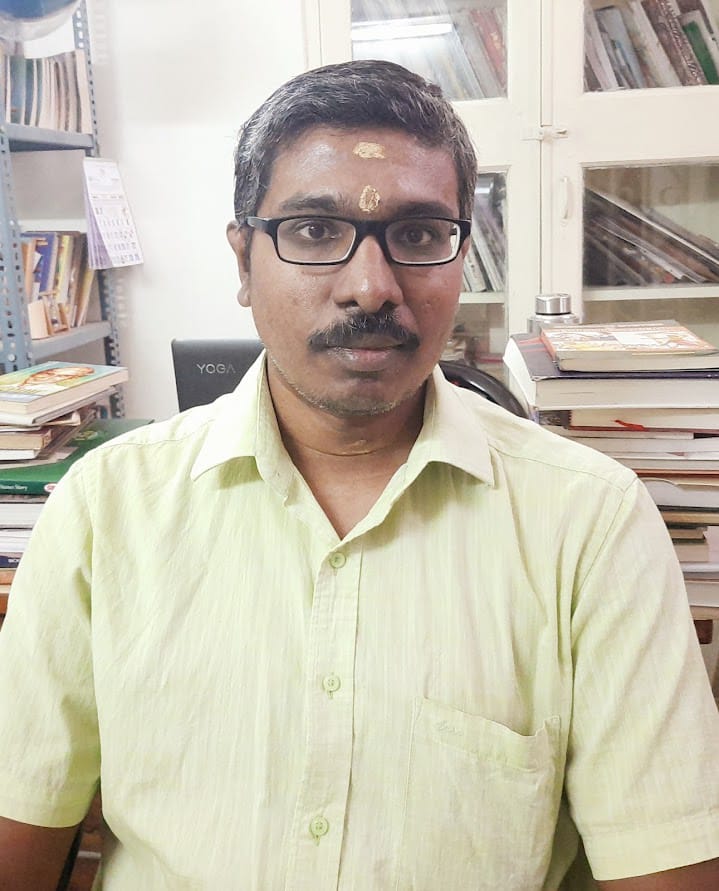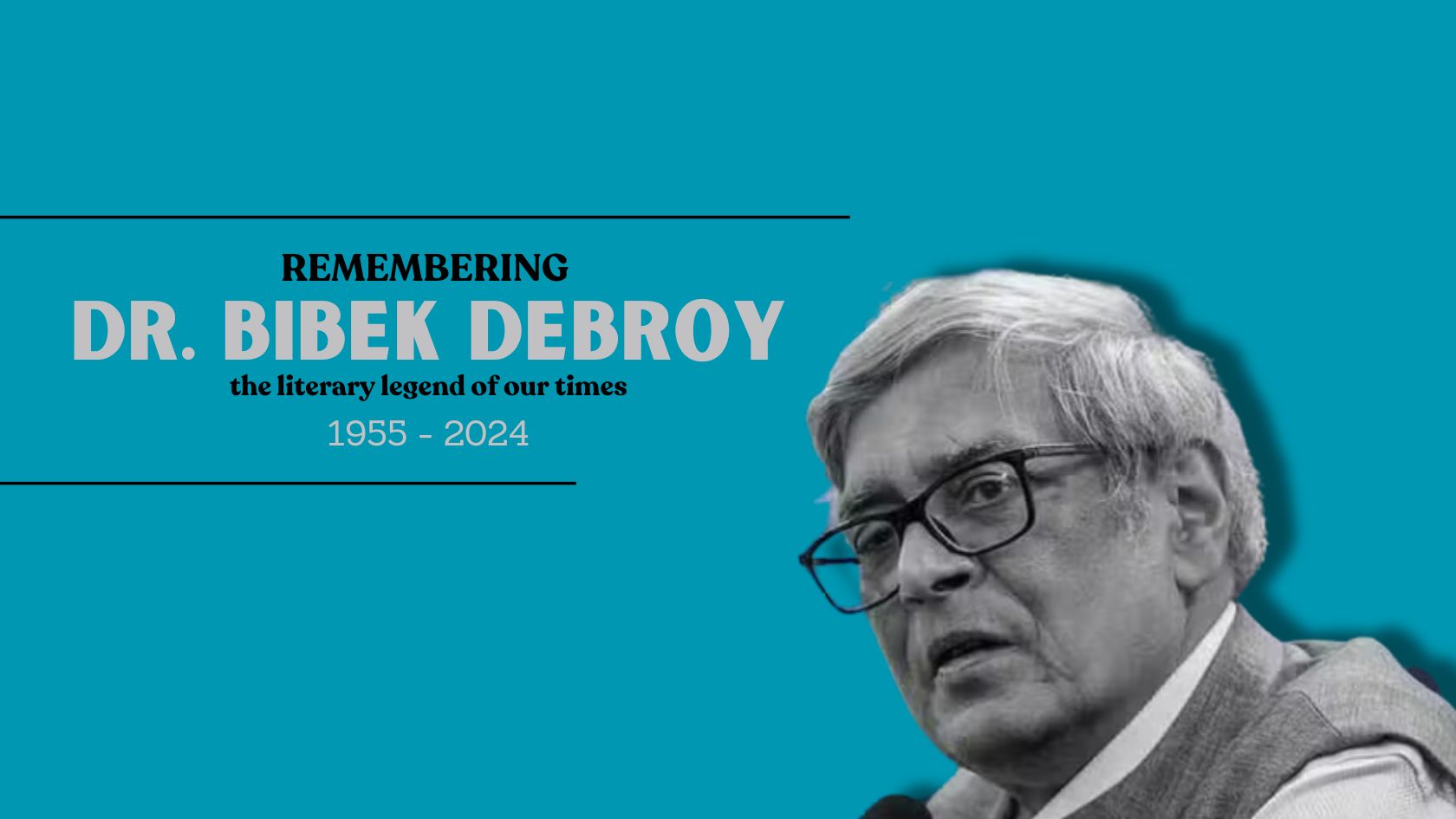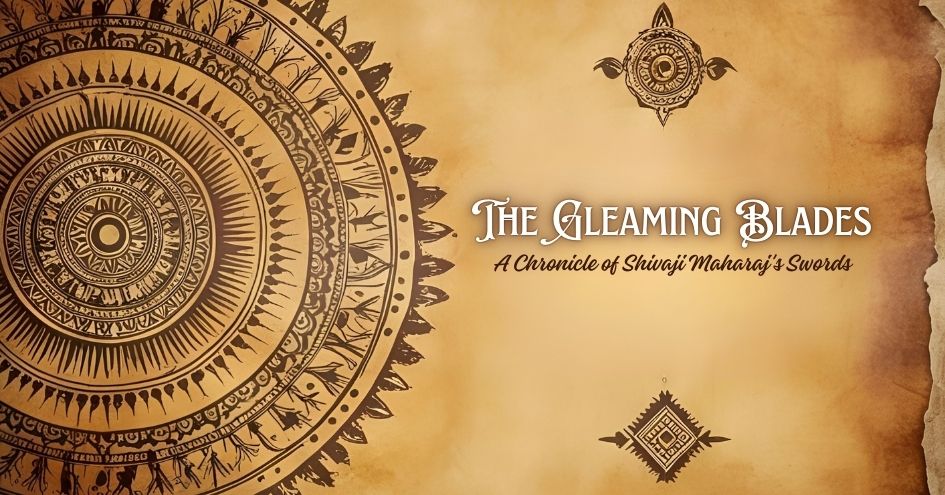
An earlier most attempt to document South Indian history was by Collin Mackenzie, the first surveyor general of India, through his assistants copied a huge corpus of inscriptions numbered around 8000 in South India. A separate department for epigraphy was started by ASI in the 1880s.
Jas Burgess along Panditha Natesa Sastri brought the first volume of South Indian inscriptions mainly from Madurai and Ramnad districts, which came under banner South Indian archeological series in 1884. The South Indian inscriptions series was started by Hultuzh, the chief epigraphist, and first in this was the inscriptions from Mahabalipuram and Kanchipuram. Annual report of epigraphy and Epigraphica Indica being the other official publications. Before the official publications of inscriptions by ASI, it was through journals like Indian antiquary, Asiatic society etc., the findings and articles on stone scribes came to limelight . In Tamil "Senthamizh" magazine carried a series of articles on inscriptions authored by T.A.Gopinatha Rao.
V.Venkayya, K.V. Subramanya Iyer, T.A.Gopinatha Rao, A.S.Ramanatha Iyer, H. Krishnasastri are some South Indian pioneers who worked in the early stage of south Indian Epigraphy. Sadhu Subramanya Sastry was another scholar who wrote extensively on Tirumala was trained for six months in the ASI office in the earlier part of this century in madras and he went on to publish Tirumala Tirupati inscriptions. The tremendous hard work and commitment of these great people helped a lot to frame south Indian history and we are greatly indebted to them. The details on these pioneers are very limited and here I attempt to bring some information on the life and achievement of eminent historian and epigraphist Sri K. V. Subramanya Iyer.
Kanthadai Vaidhy Subramanya Iyer was born in Avinashi on 17th March, 1875, to Vaidhy Iyer and Parvati Ammal as second son. Kanthadai was a traditional family famed at the time of Pallavas. He completed his early education from St Michael's school, Coimbatore, in 1896. He was a B.A graduate in Maths from St Joseph college Trichy and also took a B.A in Physics, Chemistry from the University of Madras. He mastered Tamil and English as well.
Poverty forced him to take a job as a Clerk at Coonoor Collectorate for a short stint of time. Luck smiled on him when Dr.Vincent Smith, a research scholar, took him as his assistant for his work on Nilgiri tribes. This kindled his interest in the field of research and formed a strong foundation for his pursuits later in his life and he became an erudite Scholar. His career kicked off when V. Venkkaya took him under his wing in ASIA on December 4rth,1904. He Joined ASI in the office of the government epigraphist for India as Tamil assistant at Ooty. He was trained and toured along with Venkkaya in Madurai and Ramnad district, and this was during 1905 to 1908. His extensive tour resulted in copying a large corpus of inscriptions.
In the name of Temple renovation, heavy vandalism was happening to the inscriptions. He hurried to the spot when he heard about any information on renovation and readily copied the inscriptions before it was vandalized. Thus, he saved inscriptions from Tiruvalangadu, Tiruttani and Sholavandan. Meeting of Venkayya and his appointment to ASI was incidental but turned to be a boon to South Indian history.
At this juncture, he started writing articles to magazines like Indian antiquary and Sentamizh. In Thiruvalangadu, he found 31 Copper plates in 1905 which is popularly known as Thiruvalangadu copper plates of Rajendra Chola which throwed light on Chola history and proved to be a turning point in correctly framing chola history.
He copied inscriptions from Thiruvellarai, Jambukeswaram and Kudumiyanmalai. Namakkal Adhiyendra Vishnu Graham by Adhiyaman Vamsa was found by him. Stone beds and Brahmi inscriptions at Mangulam, Anamalai, Keezhadi, Arittapatti were discovered and brought into light after so much difficulty by him.
There is a story during his travels to Azhagar Puliyankulam. It was a rainy day and the bullock cart was hired with so much difficulty. Only Iyer was curious and excited in reaching his destiny for a new find and the excitement was not reciprocated by the cart man as he was worried that his Bullocks were troubled in rain. He dropped two miles before the destination, saying it was Azhagar Puliyankulam. However, Iyer was lucky to find a Vattezhuthu Inscription and few Jaina stone beds there. Later, a Brahmi inscription was found in Azhagar Puliyankulam.
In 1907, he penned an article for Epigraphica Indica on Nandivarman's Thiruvellarai Inscription. He examined Dananaicken fort and found some vital information about Hoysala genealogy and their war commander's invasion on a few parts of Nilagiri and how they controlled it and also on methods of fortification made at the site.
In 1908 he toured Tanjore district and copied inscriptions. He made a trip to Thiruparankundram, Azhagar Puliyankulam. He proclaimed that Sundara Chozha Pandian ruled Pandya country on behalf of Chola king. Madura Kondan was the title of Sundara Chola, found in his research. Mathavilasa sethakari, Mahendra Vikraman were the titles attributed to Mahendravarman which he found from a Grantha Inscription of Pallavaram Cave temple.
After working as Junior assistant and special publication assistant in 1919, he joined Travancore archeological department as superintendent and brought a few volumes of Travancore archeological series. Until 1922, he rendered his service there for three years. One of the significant finding there is he established Ezhimala as Nanan's Ezhilmalai. His publications were greatly appreciated by John Marshall, who was the director general of ASI during that period. He returned to Madras in 1922 as he was promoted as assistant superintendent on 22nd February, 1922 and started working on Pallava Epigraph. His friendship with scholars like Vaiyapuri Pillai and L.D.Swamikannu Pillai encouraged to do research on Sangam period Tamil works. Notable among them was the research on the time of Yapperungalam "Amudhasagar", Kalingathuparani, Parimelazhagar.
Growth and decline of South Indian Buddhism and Jainism, Hero of Madurai Kanchi, Kovilolugu were the articles which was greatly appreciated when it was published in Indian antiquary.
Jaina sculptures found at Naganathaswamy Temple at Thirunageswaram made him guess that there existed a Jaina shrine before. Thillaisthanam Inscription had vital information about the route to Kongu Country based on which he gave outline on the rule of Kongu cholas. Adayapalam Village inscription from Andhra helped him derive the period of Appayya dikshitar. In 1912, his Kalinga history was published. Mutharaiyar history, Mukkudal Veera raghavendran inscription which had notes on Hospital. Tamil drama theaters were all few of his research topics.
Last regnal year of 2nd Nandivarman was fixed through an inscription dated at 65th regnal year of Nandivarma Pallavamalla which was found by KV.S. He also found seven Vattezhuthu Inscriptions from Tirunelveli. His extensive travel and survey not only resulted in publication of new inscriptions but also re edited old findings as well.
One of the most outstanding discoveries in South Indian epigraphy was made through his paper in 1924, stating the language of the inscriptions in Pandya caves around Madurai was indeed Tamil.
In proceedings of the oriental conference in 1924 which was held in Chennai, the paper was read and turned to be a milestone in the history of Tamilnadu. It revealed that inscriptions in the ancient caves of Tamilnadu are in Tamil language and challenged the popular belief that it was Prakrit and carved by Buddhist monks. This historically significant paper and revelation was done by K.V.Subrahmanya Iyer. This investigation was later continued and findings were published as a book by Iravatham Mahadevan which was aptly dedicated to K.V.S Iyer.
He was able to identify the special characters for the sounds in Tamil.
Subramania Iyer proved with substantial evidence that the letters exclusive to the Tamil alphabet like ழ, ள, ற, ன, were found in those inscriptions and hence they belonged exclusively to Tamil.
Thus, Iyer laid the foundation for decipherment of Tamil Brahmi script. He traveled to Sri Lanka and decoded many Brahmi Inscriptions in Buddhist caves. He was of the opinion that a book named Rajaraja Vijayam existed along with Rajarajeswara Natakam. On 15th December 1931, he retired as superintendent from ASI.
He met UVESA in 1934 and exchanged pleasantries. He had the honor of being made a member of Royal Asiatic Society London in 1912 for his contribution. He delivered three special lectures on "Methods of historical research and some dark spots in history of Rashtrakutas" in Kannada research center, Karnataka University Dharwad.
R. S. Panchamukhi and Lakshmi Narayana Rao, the well-known epigraphists, were trained by him. He edited SII volume 6,7,8 ( 1928, 1932, 1937), Travancore archeological series, volume 2 part 2,3,4 (1920,21,24). He authored two books “Ancient historical sketches of Deccan” in 3 vols and 3 lectures - Kannada research lecture series number 2. He published around 55 articles in Epigraphia Indica.
His contribution to South Indian history is countless and he should be respected and placed in par along with paleographers like Buhler and James Princep and this was mentioned by Iravatham Mahadevan later in his work on Tamil Brahmi Inscriptions. Iyer spent his last days in Coimbatore and passed away on November 10th 1969, in his 95th year. His legacy was continued by his son K. S. Vaidhyanathan who wrote "Historical geography of Kongu country" and several other scholarly articles on South Indian history.
 S. Gnanaprakash is history, religion, dance, and music enthusiast. He serves in the IT sector. He is keen to establish a cultural centre and a temple in the near future. His vast collection of books, videos, audios along with fine copies of art are one of its kind in Western Tamil Nadu.
S. Gnanaprakash is history, religion, dance, and music enthusiast. He serves in the IT sector. He is keen to establish a cultural centre and a temple in the near future. His vast collection of books, videos, audios along with fine copies of art are one of its kind in Western Tamil Nadu.
NEXT ARTICLE

All authors who write about the Mahabharata have to read its unabridged version. The most popular unabridged translation used to be the one by Kisari...

In the annals of Bharat Varsh, amidst the swirling mists of time and legacy, emerges the figure of Chhatrapati Shivaji Maharaj, a warrior whose name e...